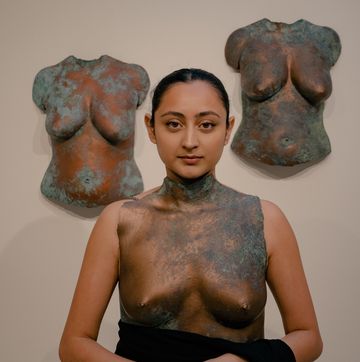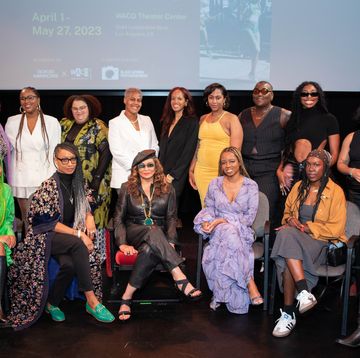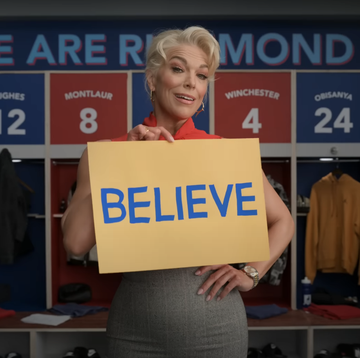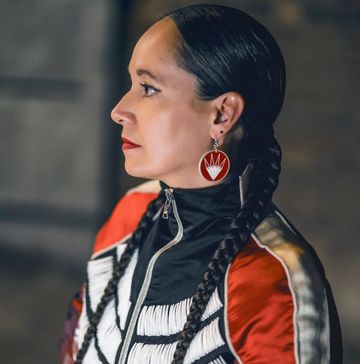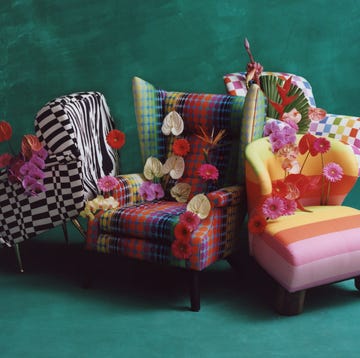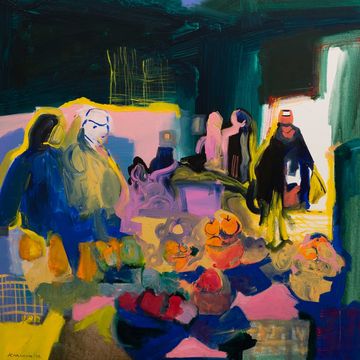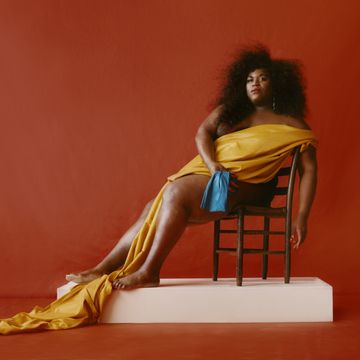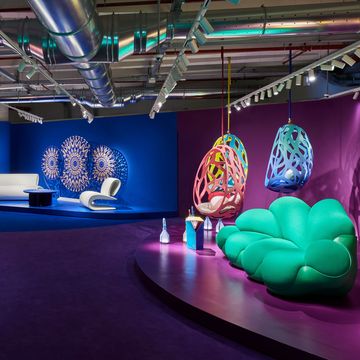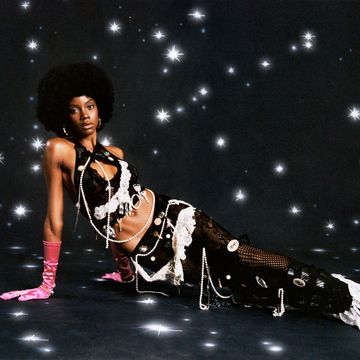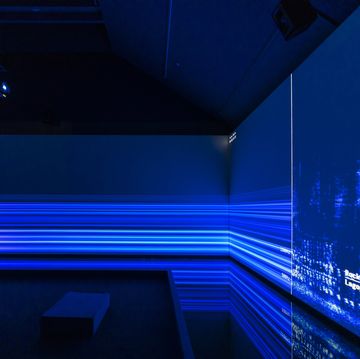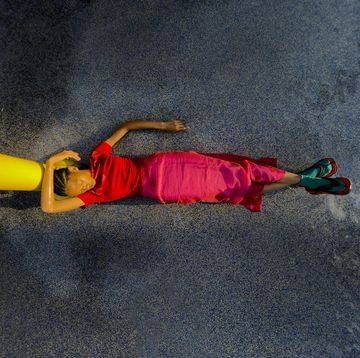When Allison Janae Hamilton relocated to Harlem in 2007, soon after graduating from Florida State University, she quickly took note of how many people in her new community had ties to the South. “Moving to New York was my first time living in a Northern space where blackness was shaped significantly by the Great Migration,” says Hamilton, who was born in Kentucky and raised in Florida, and spent childhood summers on her maternal family’s farm in Tennessee. “It was fascinating to see, in African American culture, the diasporic links, where someone’s great-grandma is from Mississippi and they’re here.”
In the decade-plus since, Hamilton has established herself as an artist on the rise while accumulating a series of degrees—first a master’s in African American studies from Columbia University, then a PhD in American studies from NYU, and finally an MFA from Columbia, which she received in 2017. But her art, which ranges from photographs and videos to installations and sculptures, remains deeply influenced by her family’s rural background; she builds references to the landscapes of her youth into work that offers a broad view of black Southern life. “For me, looking specifically at our family’s history and my personal [experience] is an entry point,” she explains inside her bright, airy studio in the Studio Museum in Harlem’s temporary West 127th Street space, where she is a 2018–2019 Artist in Residence.
The prestigious program—whose alumni include Mickalene Thomas and Kehinde Wiley—culminates with a show, held this year at MoMA PS1. Hamilton’s presentation, opening June 9, will build on the work she produced for her first solo museum exhibition, Pitch, which went on view last winter at the cavernous Berkshires-based MASS MoCA. In one room, taxidermied alligators sat in front of a wall covered with ornate fencing masks. In another, photographs depicted regally dressed black women wearing masks while roaming a pastoral landscape. But the anchor of Pitch was an installation involving both scent and sound and featuring almost 40 pine trees (these referenced Florida’s now-vanished turpentine industry, which largely employed black laborers). “I wanted to look at turpentine as a lens,” Hamilton says. “People were pretty much indentured to the company they worked for—it was de facto slavery. On the other hand, the pine forests in Florida are incredibly beautiful, magical, and spiritual. I was thinking of the woods as dual—benevolent and vindictive.”
More From ELLE

Hamilton’s upcoming MoMA PS1 installation shifts focus, but only slightly. “I’m going from a woodland landscape to a water-based landscape, thinking about water as a conduit,” she says. As Larry Ossei-Mensah, the cocurator of Pitch, says of that show, “From the smell of pine trees to the sight of the alligators, there is something to activate all the senses. One can’t help but be mesmerized.”

Jasmin Hernandez is a Black Dominican Yorker based in Harlem, New York. She is an author and founder of Gallery Gurls, which reps for BIPOC in the art world.

